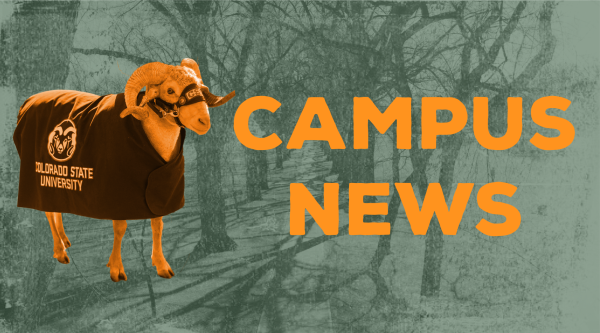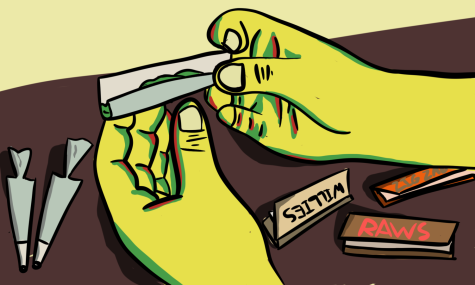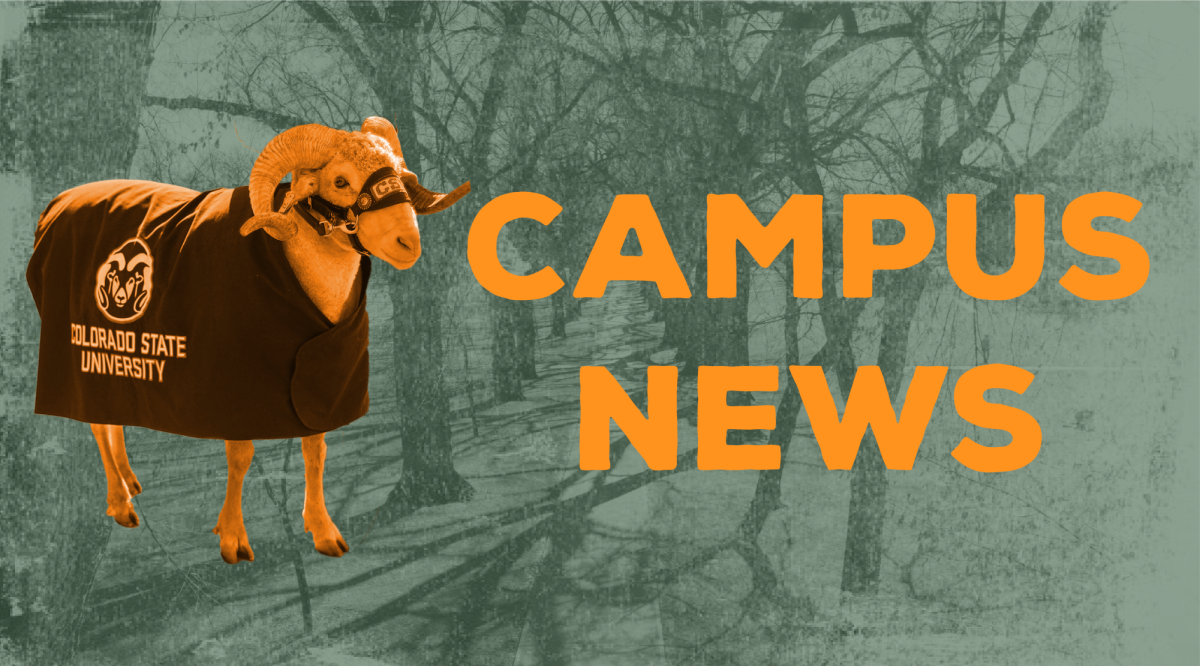
Though gradual increases in student retention and persistence are being seen throughout every college, retention rates at Colorado State University always leave room for improvement, and this year is no exception.
Overall graduation rates at CSU have slowly increased for the last several years. According to a report released by the Office of Institutional Research, over 74 percent of the students that were freshmen in 2011 had graduated within six years.
Ad
The OIR’s report tracks retention rates, which are the rates at which students remain enrolled at the University, and persistence rates, which are the rates at which students remain enrolled in their current college each semester.
Colleges such as Liberal Arts and Business have historically high rates of persistence. By comparison, however, in traditionally difficult colleges such as Engineering or Natural Sciences persistence rates are consistently lower than 50 percent. This means a majority of freshmen who begin in those colleges ultimately do not receive degrees from them.
Low persistence or graduation in a specific college does not necessarily indicate drop-outs. Though a majority of students will leave an Engineering or Natural Sciences major, most of them will still graduate with a degree in another program at CSU.
According to Lisa Dysleski, associate dean of undergraduate studies at the College of Natural Science, it is common for freshmen to enroll and then leave CNS as their interests become more specific.
“For many students, they know they’re interested in science or math, or some other STEM field,” Dysleski said. “They’re familiar with (subjects like biology) from high school. Then, as they explore, we see them transferring to something a little more specific that matches their interests.”
Dysleski also said the lack of admissions requirements for CNS and how psychology students in particular often transfer out of the college and into the College of Health and Human Sciences affect the persistence rate. Regardless of why students leave, Dysleski accepts that transferring out is often the best option for students.

“We’re always supportive of students changing their major if a different major is better,” Dysleski said. “If a science major is not right for you, we are not going to try to convince you to stay.”
According David McLean, dean of the College of Engineering, the graduation and persistence rates seen in his college are typical of engineering programs at other universities.
“Compared to our peers, we are in-line… that doesn’t mean I find where we are acceptable.” McLean said. “Year over year, we’ve had steady improvement.”
Ad
In an effort to increase overall student retention, CSU coordinates the Student Success Initiative, which provides broad support for students in and out of the classroom. For the College of Engineering, the initiative provides added advisor support for students in their freshman year, which has contributed to a rise in persistence. McLean said the first year is a crucial period that usually determines whether or not a student will remain an Engineering major.
“Twenty-five to 30 percent of our students leave (the college of Engineering) after the freshmen year,” McLean said. “Once you get into the third year and beyond, there’s very little loss. We think if you can retain them through the first year, you then have an increase and improvement that continues into the second year and beyond. That’s our strategy.”
According to Laura Jensen, associate provost for planning and effectiveness at CSU, the SSI has proven successful at increasing retention overall. The initiative set a goal to achieve a six-year graduation rate of 70 percent by 2017. The goal was met this year, just over a decade later after it began in 2006.
“We were already exceeding expectations, and we wanted to do better,” Jensen said. “There’s not going to be one silver bullet that takes care of everything.”
According to Jensen and information published by The Colorado State Magazine earlier this year, a factor that the SSI found to be important in increasing retention was improving specific programs and advisor availability for underserved student populations, such as first-generation, undeclared and transfer students.
“It’s going to be a little bit here and a little bit there, and (involve) support for very specific subpopulations of students, whether that’s by major or by PELL status or first-generation status,” Jensen said.
Another factor that increased graduation rates were University-wide requirements for foundations in math and composition in the first year. The current goal is to continue to focus on closing graduation gaps between minority and non-traditional students, so all students are equally likely to graduate with a degree from CSU, even if they change majors.
As part of the second phase of the SSI, CSU President Tony Frank declared an intent to achieve a six-year graduation rate of 80 percent by the year 2020, known as the President’s Charge.
“We’ve made progress over the last ten years, but there’s still work to be done,” Jensen said. “That’s why there’s the second version of the student success initiative.”
Collegian news reporter Mason Force can be reached at news@collegian.com or on Twitter @masforce1.







